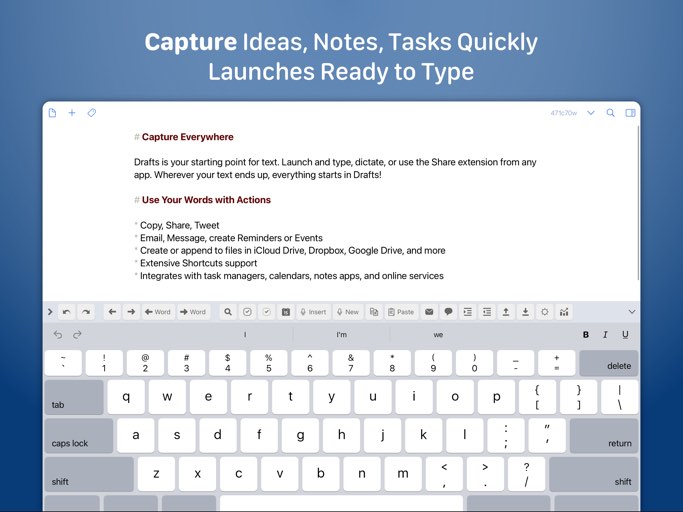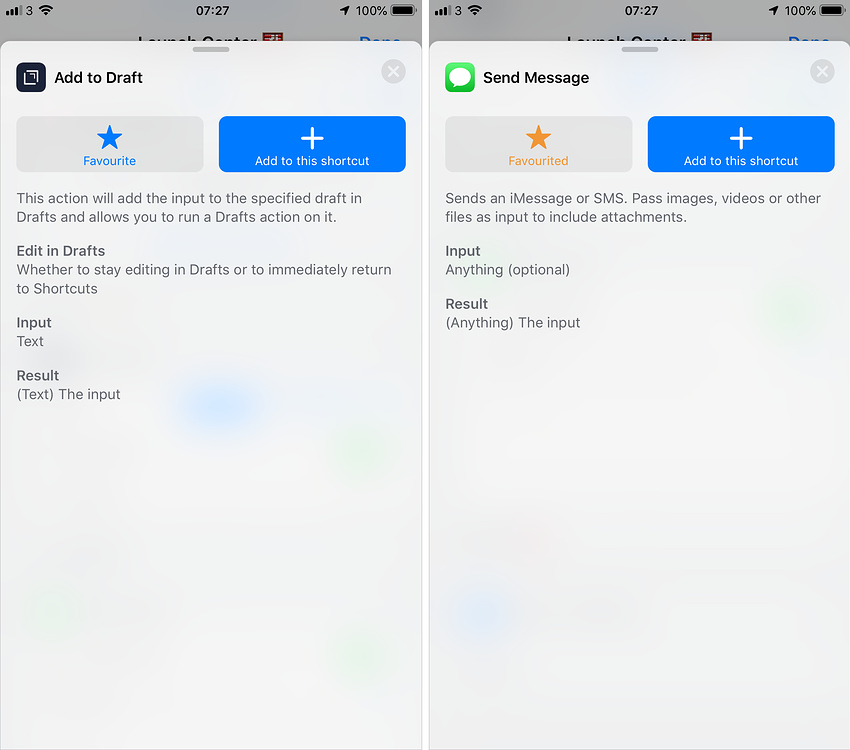
To view changes, one would have to look at past versions of the draft. With Editorially, only one person is able to edit an entire draft, and the editing is done directly onto the original draft. The writer is then able to accept or reject each individual change.

The difference between the two lies in this: with Draft, when a writer collaborates a draft with another person, a copy of that draft is made and changes are made on that copy. The final content can then be exported in various formats, including text, pdf, html or ePub, and it can even be published directly to CMS like WordPress or Tumblr. Both apps allow the writer to save multiple versions of a draft, and to compare the changes made between different versions. On the other hand, Draft and Editorially are pretty similar.

However, Quip allows multiple collaborators to work on a draft at the same time as it only locks the paragraph that is being edited, instead of the entire draft. Quip’s editing function is pretty limited - there is no way to automatically retrieve past versions of a draft, and the content can only be exported as a pdf. Additionally, a toggle on the right of each paragraph helps to edit the text to become headlines or even bullet points or checkboxes. Instead of having the user remember shortcuts to insert links or images, Quip activates a mini menu of tasks using a simple command. It is a tough call because they are all almost identical, but if I had to choose one, I would choose Quip. What is left behind is a beautiful, distraction-free writing space. Features that are not needed for producing content are removed, and all features that are used are tucked away behind shortcuts and toggles. So without further ado… Design & Ease of UseĪll of the three applications are built upon simplicity and minimalism. In this article, I will make comparisons between them in terms of: With the huge success of the Medium and Ghost platforms, Silicon Valley has finally caught on to the idea of developing web-based word processors.Īlthough there are quite a number of apps created to fill this technology gap, three specific web-based apps caught my attention: Draft, Editorially and Quip.

In the past several months, tech giants have been abuzz with the idea of revolutionising the outdated writing and collaborating system. To collaborate, different document files have to be ping-ponged multiple times. Despite not using half of its functions, the program still graces us with a myriad of settings, tools and preferences that lag the program. However even when we know how crucial writing is, technology has, for countless years, trapped us in the black hole that is Microsoft Word. A daily journal, a project report, a blog as an international branding platform: there’s always writing, writing and more writing involved.

It does not matter if you are a student fielding assignments on one hand and planning projects on another, or if you are an entrepreneur trying to launch your product in a competitive market chances are that writing, either by yourself or through collaborations, is essential in the recipe for your success. Although multimedia content is getting easier and cheaper to produce by the day in terms of the technological support available for it, the art of writing is still a huge force to be reckoned with.


 0 kommentar(er)
0 kommentar(er)
